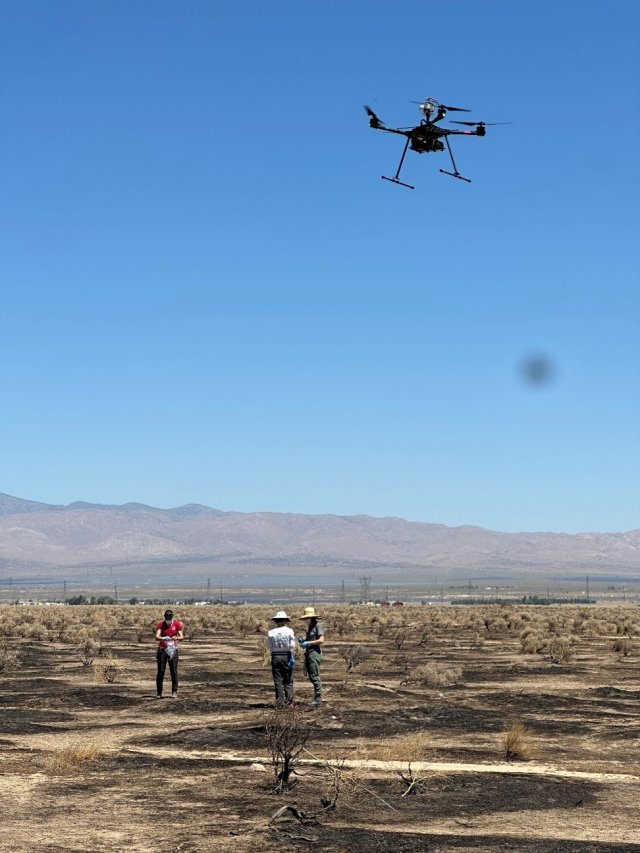PIPs: Valley Fever and Wildfires

Valley fever is an infection caused by inhaling the Coccidioides fungus, which lives in soils in the western United States.
According to the Centers for Disease Control and Prevention, Valley fever is becoming increasingly common but is often misdiagnosed. The disease can be mistaken for other types of pneumonia, and, while most patients get better on their own, patients who do need treatment may remain sick for weeks before receiving the right diagnosis and care.
Because of the high rate of misdiagnosis, researchers are looking for better ways to determine where and when Valley fever risk is high, so they can warn doctors to be on the lookout for symptoms.
Building on research that suggests a connection between Valley fever and wildfire, EPA scientist Jim Markwiese hypothesized that people might be inhaling Coccidioides spores from wildfire smoke. However, he needed a way to test this hypothesis, as detecting these airborne spores poses significant challenges.
In 2023, Dr. Markwiese and his collaborators received PIP funding to deploy drones to collect air samples of Coccidioides spores. As a proof-of-concept test, the team flew drones equipped with biological sampling devices over known, non-wildfire Valley fever hotspots in the San Joaquin Valley, California. This novel method was able to successfully capture airborne Coccidioides spores for the first time, demonstrating that drone sampling was an effective approach to collecting this elusive, inhalable pathogen.
Now that they know their sampling method works, Dr. Markwiese and his collaborators hope to test the method directly on wildfire smoke in the future. If this project can provide information about when and where Coccidioides spores are present in a particular area, public health officials will be able to alert doctors of Valley fever as a possible diagnosis. This early intervention could lead to earlier treatment and better outcomes for patients.
“These are literally lifesaving measures that we could put into place,” Dr. Markwiese said. “We may not cure Valley fever with this technology, but we can help people get to a cure faster.”
Read about more PIPs success stories and get all the latest news from PIPs on our PIPs homepage.
